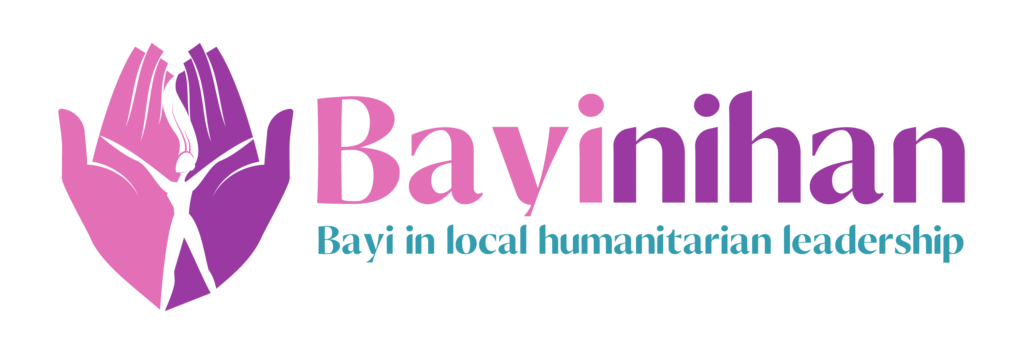Women in Local Humanitarian Leadership
According to the Gender Gap Index, the largest disparity among the four key dimensions that it tracks can be seen in Political Empowerment. Eighty one of the 156 countries included in the report have never had a woman head of state and women are represented in only 26.1% of parliament seats and 26.6% of ministerial positions. This dearth in women’s representation in leadership roles is mirrored in the area of Economic Participation and Opportunity, where even if there is progress–however slow–in the number of skilled women workers and wage parity, the Gender Gap Index report reveals that there is a “persistent lack of women in leadership positions, with women representing just 27% of all manager positions”. The Covid-19 pandemic is projected to further widen these gaps, with data showing a decline in hiring of women into leadership roles.
Even in the humanitarian sector, this lack of representation in leadership is apparent. Women have limited access to leadership roles and tend to largely occupy entry-level and mid-level positions in non-profit organizations, especially in larger organizations. This trend is observed to be reversed, however, in smaller non-profit organizations or organizations that focus on gender issues, where women hold more leadership positions.
The gender gap in humanitarian leadership is a concern in the Philippines, considering how the country is no stranger to conflict and disasters. From 2015-2019, the Philippines has been ranked consistently amongst the top three most vulnerable in terms of susceptibility to climate change and multiple climate hazards in several global indices. Forty seven percent of the country’s population live in areas highly exposed to climate hazards such as earthquakes, tsunami, floods, tropical cyclones and drought. The latest Global Risk Report outlines the following perceived risks in the Philippines: “Prolonged economic stagnation, digital inequality, extreme weather events, employment and livelihood crises, failure of public infrastructure”.
In the Philippines, local women’s organizations, local government, civil society and community-based organizations are first responders in the time of conflict and disasters to fill in gaps that the national government is unable to address. In urban poor communities, women have been observed to be over-represented in disaster risk management, although unpaid and not always in positions of authority. Grassroots women’s networks have also been active in gender-responsive disaster risk reduction and resilience building efforts in communities.
Capacitating women local humanitarian actors and leaders should then be a priority, especially if building on the belief that, “preparedness and response actions before, during and after a crisis should be led by local humanitarian actors whenever possible” to ensure a humanitarian process that is quick and timely, appropriate, equitable, and transparent.
Sources:
Black, A., Henty, P., & Sutton, K. (2017). Women in humanitarian leadership. Humanitarian Advisory Group. Centre for Humanitarian Leadership, Deakin University.
Gaillard, Sanz, K., Balgos, B. C., Dalisay, S. N. M., Gorman-Murray, A., Smith, F., & Toelupe, V. (2017). Beyond men and women: a critical perspective on gender and disaster. Disasters, 41(3), 429–447. https://doi.org/10.1111/disa.12209.
Heintze, H.-J., Kirch, L., Ku?ppers, B., Mann, H., Mischo, F., Mucke, P., Weller, D. (2018). World Risk Report 2018. https://weltrisikobericht.de/wp-content/ uploads/2019/03/190318_WRR_2018_EN_RZonline_1.pdf.
Martin, S. and de la Puente, D., 2018. WPS and Humanitarian Action. In S. E. Davies and J. True (Eds.), The Oxford Handbook of Women, Peace, and Security. Oxford.
Oxfam. (2020). Building stronger ground: Narratives of local humanitarian leadership in the Philippines. Oxfam in the Philippines Briefing Paper. Retrieved 14 May 2022, from https://oi-files-cng-prod.s3.amazonaws.com/philippines.oxfam.org/s3fs-public/file_attachments/LHL-Building%20Stronger%20Ground-Aug212020.pdf
Patel, P., Meagher, K., El Achi, N., Ekzayez, A., Sullivan, R., & Bowsher, G. (2020). “Having more women humanitarian leaders will help transform the humanitarian system”: challenges and opportunities for women leaders in conflict and humanitarian health. Conflict and Health, 14(1), 1-15.
Ramalho, J. (2019). Empowerment in the era of resilience-building: gendered participation in community-based (disaster) risk management in the Philippines. International Development Planning Review, 41(2), 129–148. https://doi.org/10.3828/idpr.2018.25
UNOCHA. (2019). Results summary: survey of women humanitarians. In: Centre for humdata; 2019. Retrieved 14 May 2022, from https://centre.humdata.org/wp-content/uploads/2019/09/OCHA-Survey-for-Women-Humanitarians-Presentation-2.pdf
Villaceran, M. A., & Jimenez, M. (2020). Women and the environment. In R.P. Ofreneo & J. Illo (Eds.), Philippine NGO Beijing 25 Report, 300-316.
World Economic Forum. (2021). Global gender gap report 2021: Insight report March 2021. Retrieved 14 May 2022, from WEF_GGGR_2021.pdf (weforum.org)
World Economic Forum. (2022). The Global Risks Report 2022, 17th Edition: Insight Report. Retrieved 14 May 2022, from WEF_The_Global_Risks_Report_2022.pdf (weforum.org)
- (02) 920 6950
- programs@angatbayi.com
- University of the Philippines Center for Women’s and Gender Studies, Magsaysay Avenue, corner Ylanan Street, Diliman, Quezon City, 1101 Metro Manila

